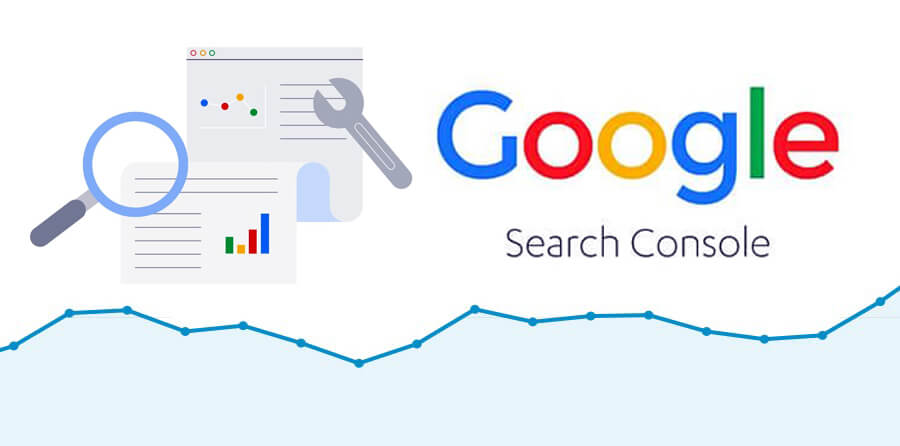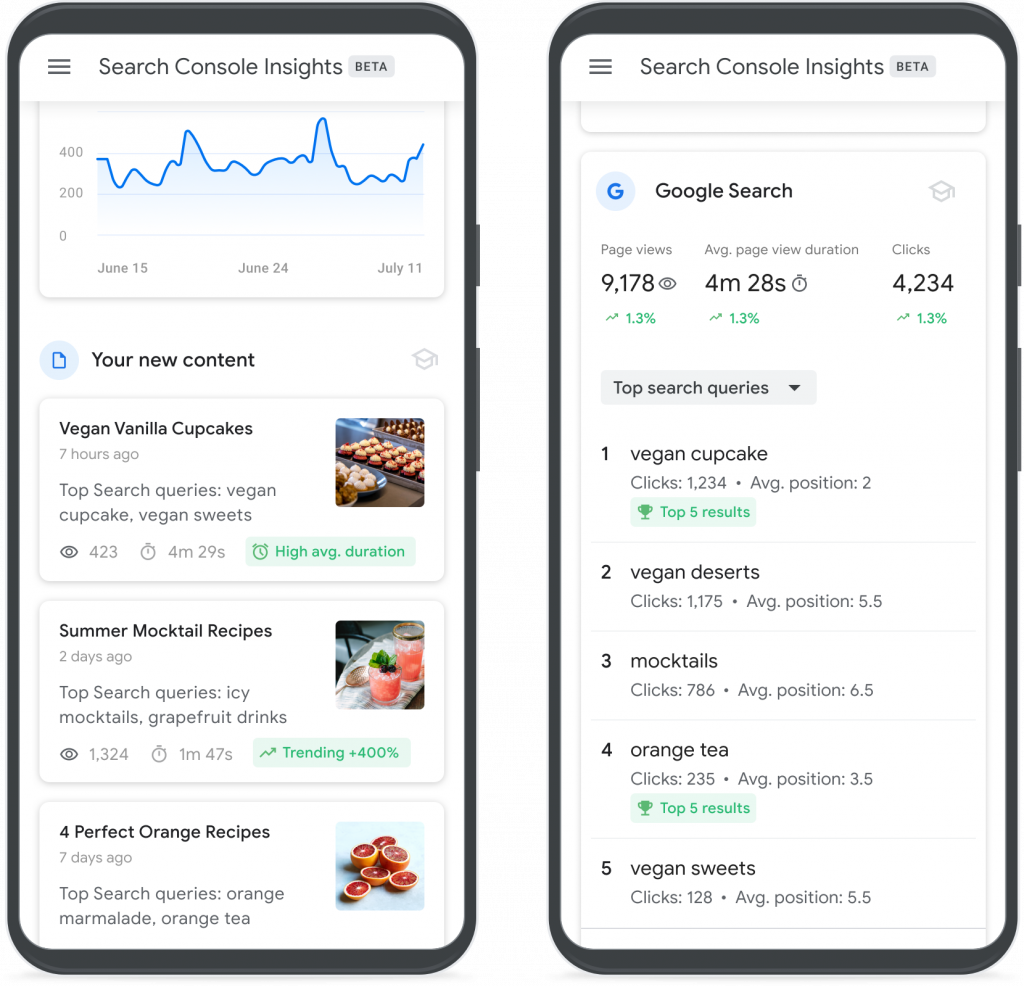- Links Report: Track Your Backlinks
Backlinks remain one of the strongest ranking factors in SEO. The Links report in GSC helps you monitor both internal and external links.
🔗 Data You Can Access
- Top linking sites
- Top linked pages
- Anchor text used in links
- Internal link structure
📌 SEO Benefits
- Identify high-authority backlinks
- Spot toxic or spammy links
- Optimize internal linking for content clusters
- Manual Actions & Security Issues
If your site violates Google’s guidelines, GSC will alert you under the Manual Actions tab.
⚠️ Possible Warnings
- Spammy structured data
- Thin content with little value
- User-generated spam
- Hacked content or malware
✅ What to Do
- Follow the provided instructions to fix the issue
- Submit for reconsideration after resolving the problem
- Monitor regularly for any security breaches
- Search Appearance: Understand Rich Results
The Search Appearance section (such as Breadcrumbs, FAQ, Review snippets) shows how your content may appear in enhanced formats in Google’s search results.
🌟 Why It Matters
- Rich results = Higher CTR
- Helps track schema-related issues
- Gives insight into how structured data is utilized
Best Practices for Using Google Search Console
To make the most of GSC:
🔄 Use It Weekly
- Monitor keyword trends and indexing issues regularly
🧩 Combine with Google Analytics
- GSC shows search behavior; Analytics shows on-site behavior
- Together, they give a full SEO picture
📤 Share Access with Teams
- Allow developers, SEOs, and content creators to collaborate
📝 Set Up Email Notifications
- Stay ahead of indexing, crawling, and manual action alerts





